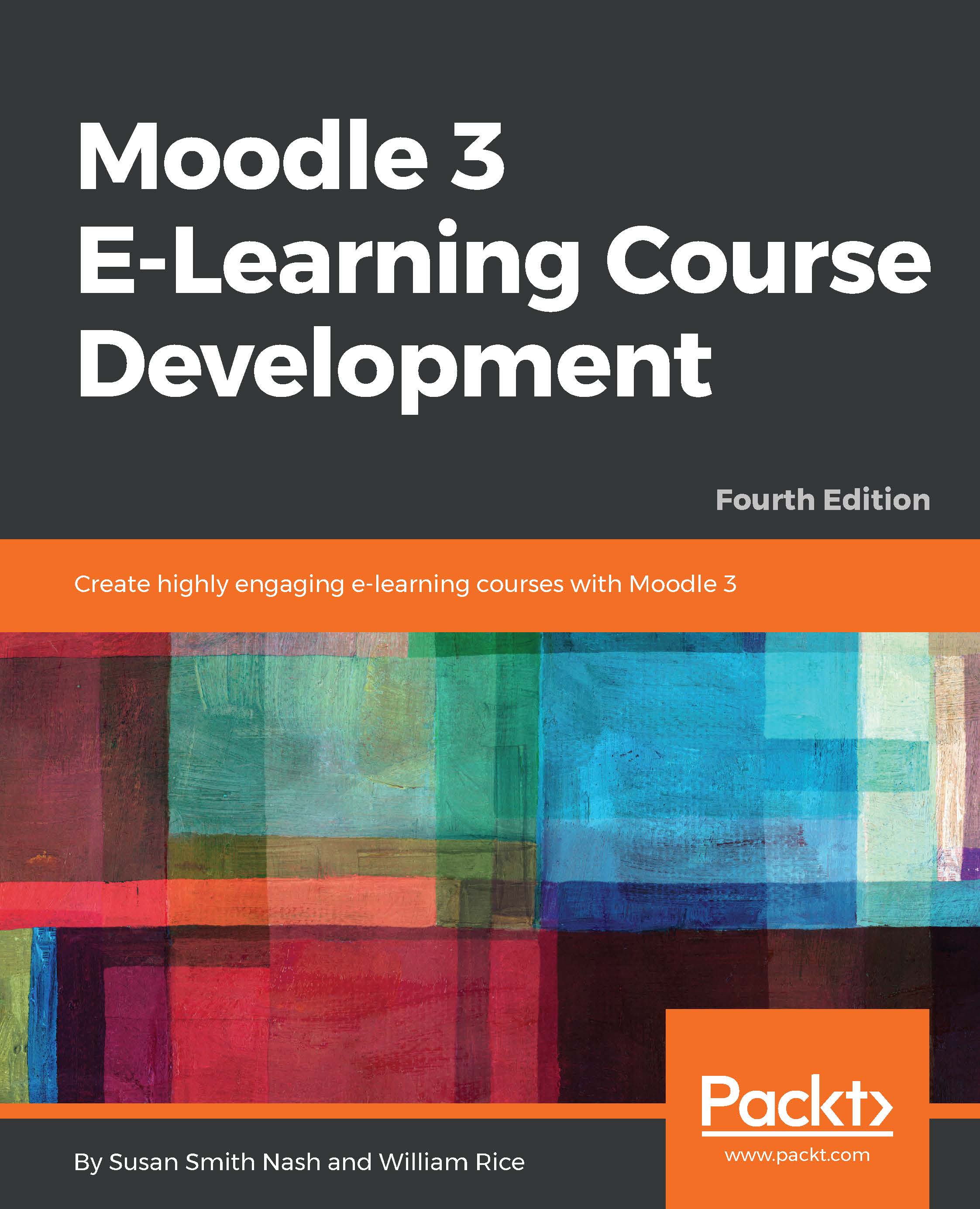Moodle is a free, open source learning management system that enables you to create powerful, flexible, and engaging online learning experiences. I use the phrase online learning experiences instead of online courses deliberately. The phrase online course often connotes a sequential series of web pages, some images, maybe a few animations, and a quiz put online. There might be some email or bulletin board communication among the teacher and students. However, online learning can be much more engaging than that.
Moodle's name gives you an insight into its approach to e-learning. The official Moodle documentation on http://docs.moodle.org states the following:
The phrase online learning experience connotes a more active, engaging role for students and teachers. It connotes, among other things, web pages that can be explored in any order, courses with live chats among students and teachers, forums where users can rate messages on their relevance or insight, online workshops that enable students to evaluate one another's work, impromptu polls that let the teacher evaluate what students think of a course's progress, and directories set aside for teachers to upload and share their files. All these features create an active learning environment, full of different kinds of student-to-student and student-to-teacher interactions. This is the kind of user experience that Moodle excels at and the kind that this book will help you create.


